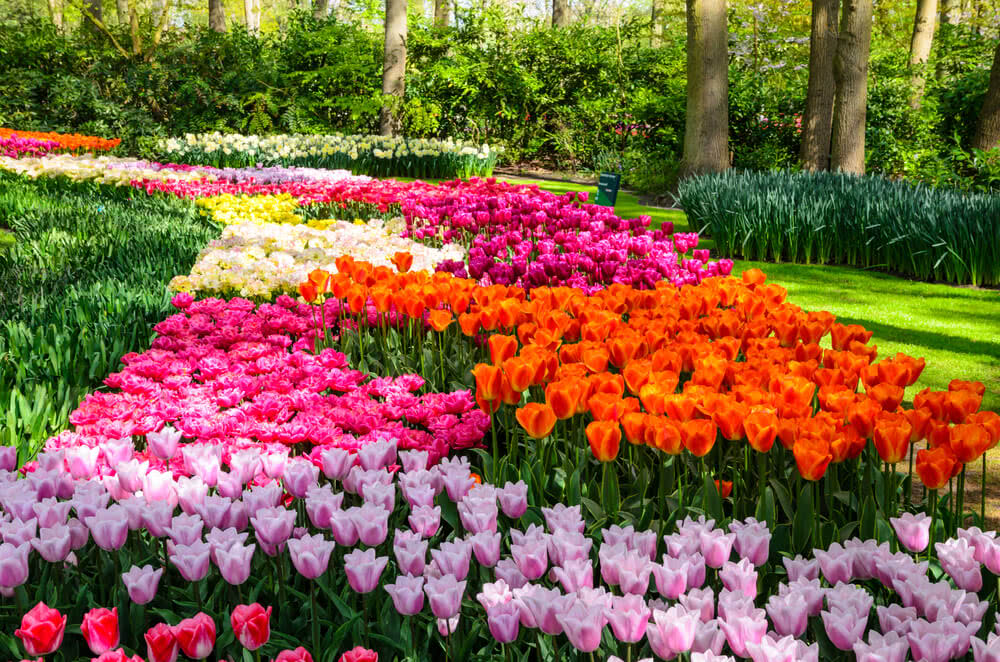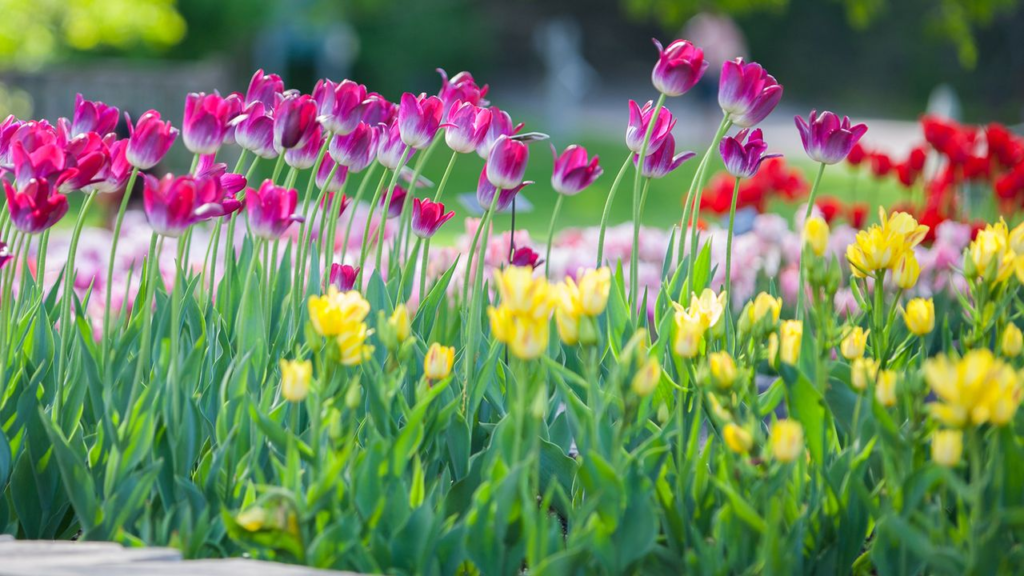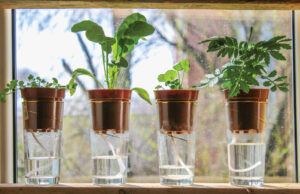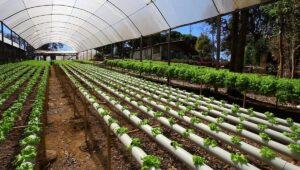What to Plant in Autumn for a Beautiful Spring Garden
As the summer heat begins to wane and leaves start their colorful transformation, savvy gardeners know that autumn isn’t just about wrapping up the growing season—it’s about planting the seeds (quite literally) for a spectacular spring display. Fall planting gives many plants the advantage of establishing strong root systems before winter dormancy, resulting in more vigorous growth and earlier blooms when spring arrives.
Whether you’re a seasoned gardener or just beginning your horticultural journey, this guide will walk you through everything you need to know about autumn planting for a show-stopping spring garden. From bulbs to shrubs, vegetables to perennials, you’ll discover the best plants to put in the ground now for beautiful rewards in a few months’ time.
Why Fall Is Ideal for Planting
Contrary to what many beginning gardeners believe, autumn can be the best time of year to add new plants to your landscape. According to the United States Department of Agriculture (USDA), fall planting offers several significant advantages:
- Cooler temperatures: Plants experience less heat stress, allowing them to focus energy on root development rather than struggling to stay hydrated.
- Consistent moisture: Autumn typically brings more reliable rainfall patterns than summer in many US regions.
- Less pest pressure: Many garden pests are less active or preparing for winter dormancy.
- Extended establishment period: Plants have months to develop roots before the demanding growing season begins.
- Sales and discounts: Garden centers often offer end-of-season sales on perennials, trees, and shrubs.
According to research from the USDA Natural Resources Conservation Service, plants established in fall are often more drought-resistant the following summer because of their more extensive root systems.
Understanding Your Planting Zone
Before rushing to the garden center, it’s essential to understand your USDA hardiness zone. These zones, ranging from 1 (coldest) to 13 (warmest), help you determine which plants will thrive in your specific climate.
The USDA Plant Hardiness Zone Map is the standard by which gardeners can determine which plants are likely to survive winter in their location. You can find your specific zone by visiting the USDA Plant Hardiness Zone Map website.
Most of the continental US falls between zones 3-9, with coastal areas reaching into the warmer zones 10-11. Knowing your zone will help you select plants appropriate for your region’s climate and timing your planting correctly.

Spring-Flowering Bulbs: The Stars of Spring
If there’s one category of plants that truly defines spring gardening, it’s flowering bulbs. These underground powerhouses store all the energy needed to burst into spectacular blooms as soon as conditions are right in spring.
Top Bulbs to Plant in Fall
| Bulb Type | Planting Depth | Spacing | Bloom Time | USDA Zones | Special Notes |
|---|---|---|---|---|---|
| Tulips | 6-8 inches | 4-6 inches | Early-Late Spring | 3-8 | Need cold period for proper blooming; may need replacing after 1-2 years in warmer zones |
| Daffodils | 6 inches | 6 inches | Early-Mid Spring | 3-9 | Naturalize well; deer and rodent resistant |
| Crocus | 3-4 inches | 3 inches | Very Early Spring | 3-8 | First to bloom; good for lawn planting |
| Hyacinths | 6-8 inches | 4-6 inches | Mid Spring | 4-8 | Intensely fragrant; excellent for forcing indoors |
| Alliums | 4-8 inches (varies by variety) | 4-8 inches | Late Spring | 3-9 | Architectural interest; pest resistant |
| Muscari (Grape Hyacinth) | 3 inches | 3 inches | Early-Mid Spring | 3-9 | Naturalize easily; long-lasting |
| Fritillaria | 4-6 inches | 6 inches | Mid Spring | 4-8 | Unique pendant flowers; rodent resistant |
| Snowdrops | 3 inches | 3 inches | Very Early Spring | 3-7 | Can bloom while snow still covers ground |
Bulb Planting Tips for Success
When planting spring-flowering bulbs, timing is crucial. In most regions of the US, the ideal planting window begins when soil temperatures drop below 60°F (usually September to November, depending on your zone).
For optimal results:
- Prepare the soil: Work in organic matter like compost to improve drainage, as most bulbs rot in soggy conditions.
- Plant at the right depth: Generally, plant bulbs at a depth of 2-3 times their height.
- Position correctly: Place bulbs with the pointed end up and the root plate down.
- Water thoroughly: After planting, water deeply to help establish root contact with the soil.
- Add mulch: A 2-3 inch layer of mulch helps moderate soil temperature and moisture.
According to the National Garden Bureau, planting bulbs in clusters rather than single rows creates a more dramatic display when they bloom in spring.
Perennials: The Backbone of Your Spring Garden
While spring-flowering bulbs offer spectacular but temporary displays, perennials return year after year, providing the structural foundation of your garden. Fall is an excellent time to plant or divide many perennials.

Best Perennials to Plant in Fall
For Early Spring Color:
- Bleeding Heart (Dicentra)
- Hellebores
- Primroses
- Pulmonaria (Lungwort)
- Brunnera (Siberian Bugloss)
For Mid-Spring Display:
- Columbine (Aquilegia)
- Coral Bells (Heuchera)
- Creeping Phlox
- Dianthus
- Candytuft (Iberis)
For Late Spring Transition:
- Baptisia
- Peony
- Salvia
- Catmint (Nepeta)
- Oriental Poppies
Fall Planting Techniques for Perennials
When adding perennials to your garden in autumn:
- Plant early enough: Aim to get perennials in the ground at least 6 weeks before your expected first hard freeze, allowing time for root establishment.
- Don’t fertilize heavily: A light application of phosphorus-rich fertilizer can help root development, but avoid nitrogen-heavy formulations that stimulate leafy growth.
- Water regularly: Keep newly planted perennials consistently moist (but not waterlogged) until the ground freezes.
- Apply mulch after ground freeze: Wait until after the ground freezes to apply winter mulch, which prevents heaving from freeze-thaw cycles.
The USDA Agricultural Research Service recommends focusing on native perennials when possible, as they’re typically better adapted to local soil conditions and climate fluctuations.
Trees and Shrubs: Making a Long-Term Investment
Fall is widely considered the optimal time to plant trees and shrubs across most of the United States. Cooler temperatures and increased rainfall create ideal conditions for root establishment without the stress of supporting new leaf growth simultaneously.
Recommended Trees and Shrubs for Fall Planting
Flowering Trees for Spring Display:
- Dogwood (Cornus)
- Redbud (Cercis)
- Flowering Cherry (Prunus)
- Crabapple (Malus)
- Magnolia
Spring-Flowering Shrubs:
- Azalea
- Rhododendron
- Forsythia
- Lilac (Syringa)
- Viburnum
- Weigela
Planting Techniques for Woody Plants
When planting trees and shrubs in fall:
- Dig appropriately sized holes: The planting hole should be 2-3 times wider than the root ball but no deeper than the root ball’s height.
- Remove burlap and wire baskets: For balled and burlapped specimens, remove as much of the wrapping material as possible after placing in the hole.
- Backfill carefully: Use the original soil, amended with no more than 10-20% organic matter, and avoid creating air pockets.
- Water thoroughly: After planting, create a soil berm around the drip line and water deeply.
- Mulch properly: Apply 2-4 inches of mulch in a ring around the plant, keeping it several inches away from the trunk or stems.
Research from the USDA Forest Service indicates that fall-planted trees and shrubs often outperform their spring-planted counterparts by the end of the following growing season due to their head start on root establishment.
Fall Vegetable Planting for Early Spring Harvest
While thinking about your ornamental spring garden, don’t overlook the opportunity to establish some vegetables in fall that will provide early harvests next spring.
Cold-Hardy Vegetables to Plant in Fall
- Garlic: Plant individual cloves in October/November for harvest next summer.
- Spinach: Plant in late summer/early fall for harvest in fall and again in early spring.
- Kale: Fall-planted kale often overwinters for early spring harvests.
- Onions: In warmer zones, plant onion sets in fall for earlier spring harvest.
- Broad beans (Fava beans): Can be planted in fall in zones 7 and warmer.
According to the USDA National Agricultural Library, fall-planted garlic typically produces larger bulbs than spring-planted garlic due to the extended growing period.
Lawn Preparation and Renovation
Autumn is the prime time for establishing or renovating lawns in most regions of the United States. Cooler temperatures and more reliable moisture create ideal conditions for grass seed germination and establishment.
Steps for Fall Lawn Renovation
- Test your soil: The USDA Cooperative Extension Service offers affordable soil testing through local offices to determine pH and nutrient needs.
- Dethatch and aerate: Remove thatch buildup and core aerate to improve soil oxygen levels and water penetration.
- Overseed: Choose grass varieties appropriate for your region and sun/shade conditions.
- Apply starter fertilizer: Use a phosphorus-rich starter fertilizer to encourage root development.
- Keep consistently moist: Water lightly and frequently until germination, then transition to deeper, less frequent watering.
For the most sustainable lawn, the EPA recommends selecting grass varieties naturally adapted to your region, which will require less water and fertilizer over time.

Protecting Your Fall Plantings Through Winter
After investing time and resources into fall planting, protect your garden through winter with these essential practices:
Winter Protection Strategies
- Mulch appropriately: Apply 2-4 inches of organic mulch after the ground freezes to prevent heaving from freeze-thaw cycles.
- Wrap susceptible trees: Protect young trees with thin bark (maple, cherry) from winter sunscald with tree wrap or white paint.
- Install animal barriers: Use hardware cloth or fencing to protect plants from rabbits, deer, and voles.
- Windbreaks for exposed sites: Consider temporary burlap screens for plants in windy locations.
- Anti-desiccant sprays: In regions with harsh winters, consider anti-desiccant sprays for broadleaf evergreens like rhododendrons.
The USDA Plant Hardiness Zone Map can help you determine how much protection your plants might need based on your region’s typical winter temperature extremes.
Conclusion: Planning for Seasonal Succession
By thoughtfully selecting and planting in autumn, you’re setting the stage for a garden that unfolds in beautiful succession throughout spring. From the earliest snowdrops pushing through the last snow to the exuberant blooms of late-spring flowering shrubs, your garden will reward your fall efforts with months of color and interest.
Remember that successful gardening is about working with nature’s rhythms rather than against them. Fall planting aligns perfectly with these natural cycles, giving plants the opportunity to establish themselves during cooler, moister conditions before their spring growth spurt.
As you plan your fall planting schedule, consider not just individual plants but how they’ll combine to create a continuous display. Aim for overlapping bloom times so that as one group of plants finishes flowering, another begins, maintaining constant visual interest throughout the spring season.
With proper planning and plant selection based on your specific USDA zone, you’ll be well on your way to creating a spring garden that’s not just beautiful but also resilient and sustainable—a living showcase of what can be achieved when you plant at the optimal time.
For more detailed information specific to your region, the USDA Cooperative Extension System offers localized gardening advice through offices in nearly every county across the United States. Their expert guidance can help you fine-tune your fall planting strategy for maximum spring impact in your particular climate and conditions.






